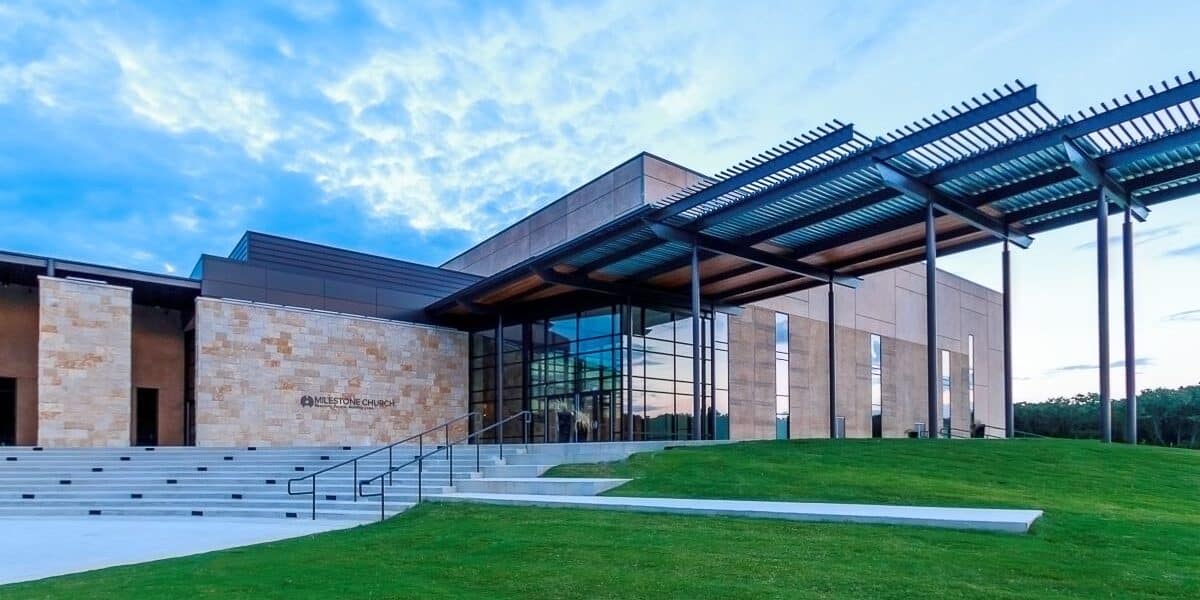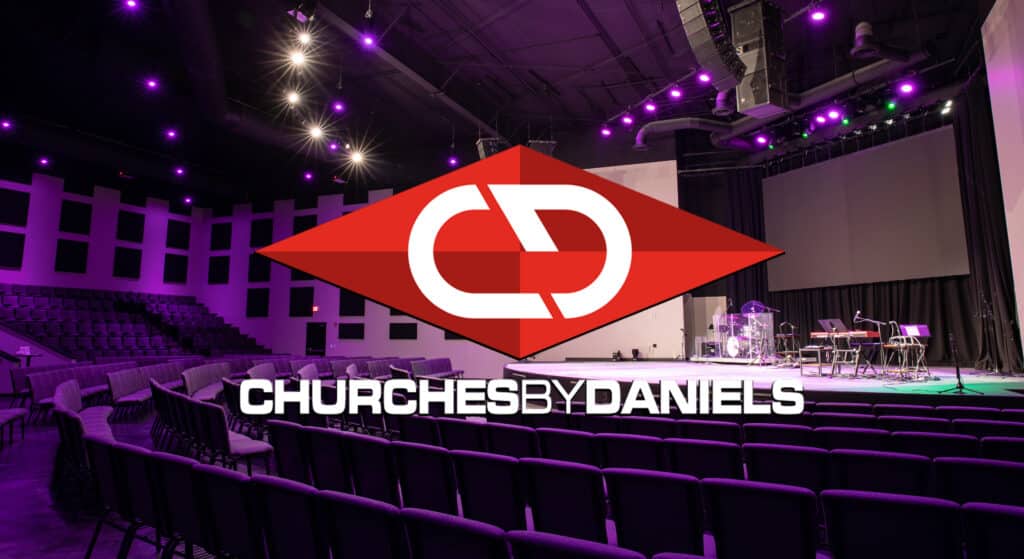By Kerry Jones
Pastors of healthy and growing congregations excel at building and leading people, but most have limited knowledge or experience in growing facilities. Yet, building a new or expanded worship facility is often the largest investment of capital a church will ever experience.
U.S. religious organizations are expected to spend about $3 billion in 2023 on construction for new or expanded worship facilities. That is down substantially from its $8 billion peak about 20 years ago, but it is still a significant amount.
Here are six tips for churches embarking upon an expansion or relocation strategy:
- Sufficient pre-planning is crucial.
Construction cost-overruns are the No. 1 reason many church projects either do not get built or cause unfortunate loss of credibility for leaders. It is not uncommon for a church to have a fully completed set of construction drawings that cost many thousands of dollars that they will never build because of insufficient planning prior to commencing design.
The expansion path many churches utilize is to find a piece of property that looks good and then immediately hire an architect to produce drawings that can be used to raise funds. However, there is a tremendous amount of information an architect will need from the church prior to beginning design.
Before determining a floor plan or elevation or construction type, it is crucial to consider first what to build. It is not an original statement, but we often say, “There is no right way to build the wrong thing.”
Church planning should consider the areas of ministry, design, construction, finance, and real estate to determine the minimum amount of square footage of new construction that is required to accomplish the church’s vision. Ask questions such as: Do we deliver ministry today in a style that is dictated by our building – would our ministry model change in a new or expanded facility?
- Design to a realistic funding strategy.
The most critical part of pre-planning is developing a reasonable funding strategy from the very beginning. Churches have four primary sources of project funds: stored resources, assets that can be converted to cash, fund-raising ability, and lending. Care should be taken to estimate the amount of funds available and align any design to only that amount.
Experienced consultants can help determine both the church’s likely capacity to raise funds and ability to service debt while remaining financially healthy. Faith is always a component of every church initiative, but it will be easier to add building scope after a fund-raising campaign than it will be to take away components that were communicated but cannot be funded.
- Determine site penalties prior to purchase.
There are many factors to determine a good location to build a church such as visibility, accessibility, and location.
One that is commonly not given proper importance is build-ability. Required off-site fees such as upgrading roadways, adding turn lanes or signal lights and impact fees can delay construction because of site development costs demanded by regulatory agencies. Municipalities often require developers of raw property to extend utility lines along the entire length of the property rather than just to the new building.
Another factor to consider is the topography of the site. Will there have to be an excessive amount of earthwork to either remove excess material or haul in additional fill? The soil condition will determine the type of foundation required. Excessive soil movement may require extra dollars for an elevated slab.
- Build a balanced facility.
Church buildings should be designed and built in a manner that allows saturation of the facility. There must be a balance between the number of seats in the worship room and the number of parking spaces available and the number of children the kid’s areas can accommodate.
For instance, there is no need to build a 1,000-seat worship room and provide room for only 10 vehicles to park. Similarly, unless there are extenuating circumstances, a church would not need to accommodate 1,000 children with a 1,000-seat worship room.
Care should be given to determine the proper ratios for design. Track the number of vehicles in the parking area and the number of children in kid’s areas and compare to the number of people in worship room seats at the same time. When those ratios are determined, the areas can be designed to provide a church facility that will allow for balanced growth, not over-building any one area.
- Count ALL project costs.
There is a lot of focus given by church leadership in planning stages to estimate the cost per square foot to build. That is very difficult to determine until the building is designed. It is also only a portion of the overall cost to build the project.
Costs to develop the site, including parking and utilities, can be quite extensive. These are “hard” costs – concrete, steel, masonry, finishes, etc. The area that many churches do not adequately account for are what are considered “soft” costs. These are dollars the church must spend in addition to construction costs to accomplish the vision.
Common examples of “soft” costs include design consultants (architect, civil, Geotech, MEP, etc), audio/video/lighting systems, seating for the new worship room, soft seating for commons areas, furniture for children’s areas or offices, construction material testing, permits and regulatory fees, etc. It is common for soft costs to equal 25% or more of the cost to be paid for construction. If total soft costs are not factored into the overall project cost estimates, the building project is doomed from the start.
- Budget adequately for technology.
Technology has been a vital part of church design for quite some time. Worship rooms have received the most attention with a natural tension between cost and function. Churches should apportion a part of the technology budget to children’s ministry areas, commons areas and security.
But the cost that most often gets overlooked in the audio/video/lighting area is infrastructure required for the technology to work. Churches will often make purchasing decisions for equipment and installation of the equipment without regard to the electrical and mechanical requirements for those systems.
Ordinarily, clean power separate from building power is required. Power for lighting panels, conduit and specially placed receptacles for fixtures are necessary. Building infrastructure will likely cost an additional 25% of the cost for technology equipment and installation.
Studies have indicated the average tenure of a pastor to be less than two years after a building project is completed. This does not have to be the case with proper planning and partners experienced in church building development.
Kerry Jones is the director of client relations for Goff Companies, LLC, which offers strategic planning, real estate, church finance, construction, and design-build services, www.goffcompanies.com.









